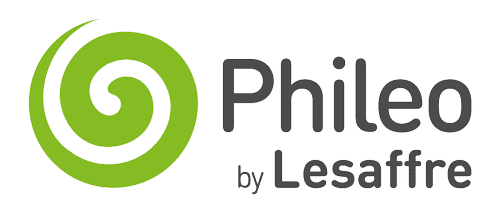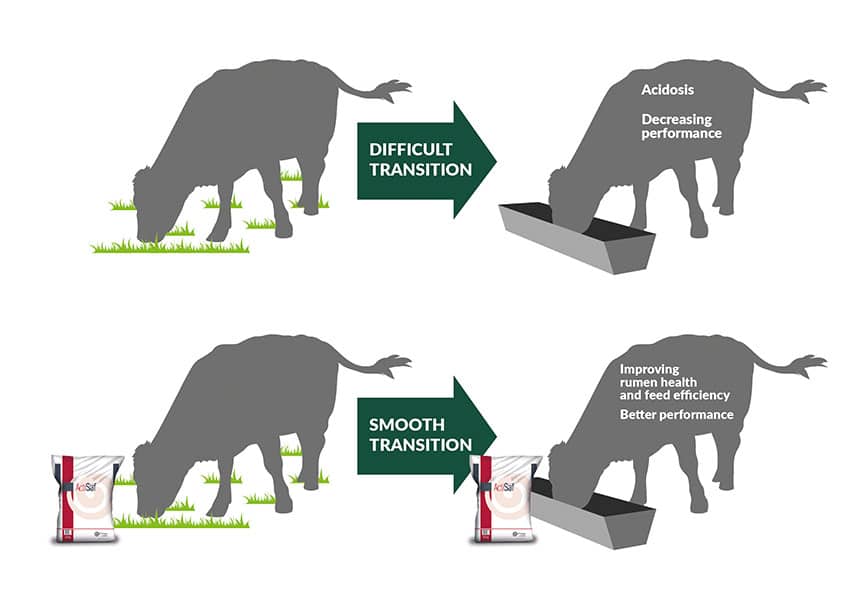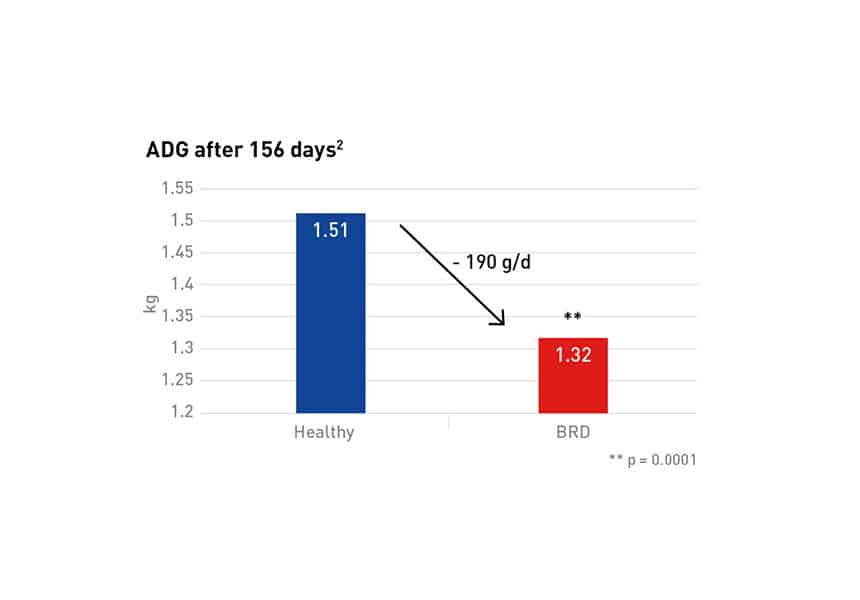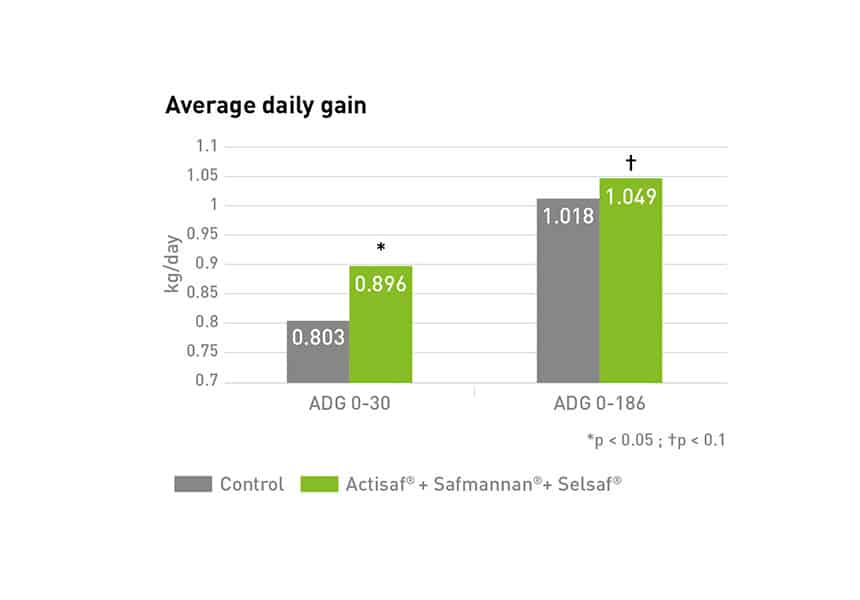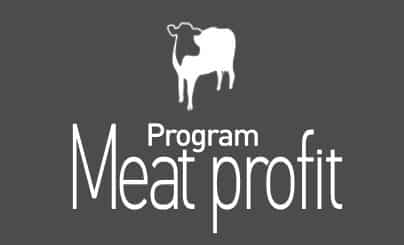Beef Cattle Health and Nutrition
Good nutrition and health management through the use of probiotics with feedlot beef cattle is designed to improve livestock performance, achieving maximum weight gain and feed conversion by optimising rumen health and immune status. Our solutions and programmes allow cattle to reach optimal weights, good conformation, and meat quality, enabling farmers to maintain high safety standards, while maximising their returns on investment.
Improvement in rumen health to maximise feed conversion rate
On arrival at a feedlot, beef calves are transitioned from a high fibre diet to a high energy regime. This takes about 30 days and is known as the receiving period. The process, which requires the adaptation of the rumen microbiome to the new diet, involves significant changes in the bacterial population and in the eating behaviour of the animals. The switch to a high grain diet increases acid production in the rumen, raising the risk of ruminal acidosis. Animals with subclinical acidosis have a lower feed conversion rate and poor weight gain, resulting in a significant reduction in profitability.
A good nutritional strategy is required to achieve a smooth transition and avoid rumen disorders .
Better performance of beef cattle during receiving period
The receiving period, which on average covers the first 30 days of arrival in the feedlot, is insufficient time for cattle to acclimatise to the feedlot and to the high-energy diet.
This places animals under high stress and exposes them to health problems. Calves are being transported, grouped, dewormed, vaccinated and transitioned from a high fibre diet to a high energy feed. Receiving calves are subjected to the highest risk of Bovine Respiratory Disease (BRD), a major health problem in feedlots, potentially reducing weight gain by an average of 190g/day for the entire finishing period. A successful transition is key to good overall productivity and health throughout the entire finishing period, helping to reduce the use of antibiotics which are a major global health concern.
Aiming for better weight gain, meat quality and safety
Feeding a high-energy, grain-based diet maximises daily weight gains, decreasing the feed required per unit of gain. It also supports top meat quality with good marbling.
A pre-requisite for proper finishing is a healthy herd that turns feed into body mass under optimal growing conditions. Many factors, such as ruminal imbalance, BRD, and other health and nutritional issues, can lead to poor feed conversion rates and poor weight gain. An optimal nutritional and management strategy throughout the finishing period should focus on good rumen health and the prevention of infectious diseases, to be achieved by assuring cattle have a proper balanced diet, good immune status and minimum stress.
